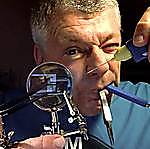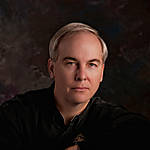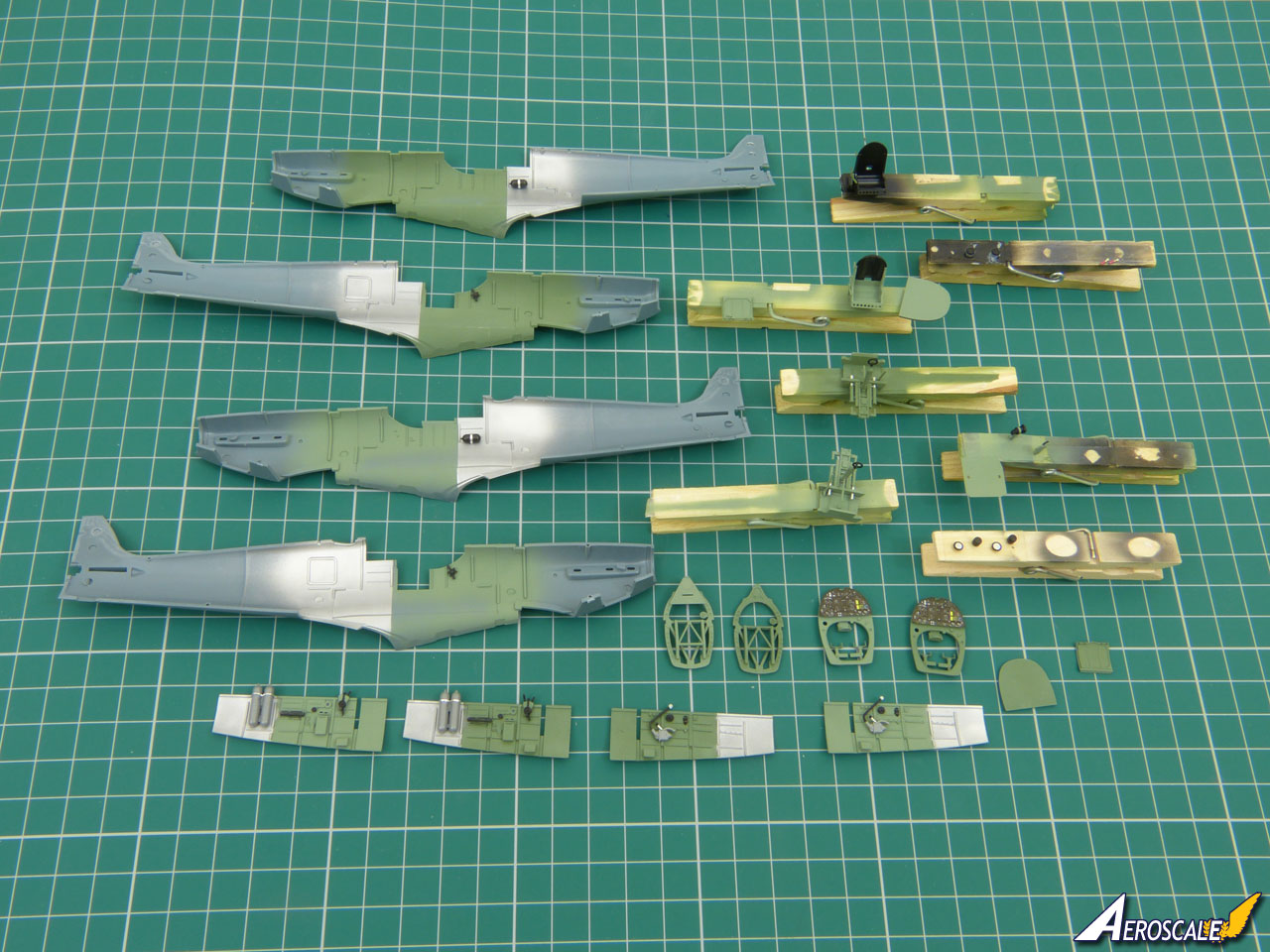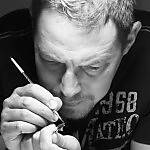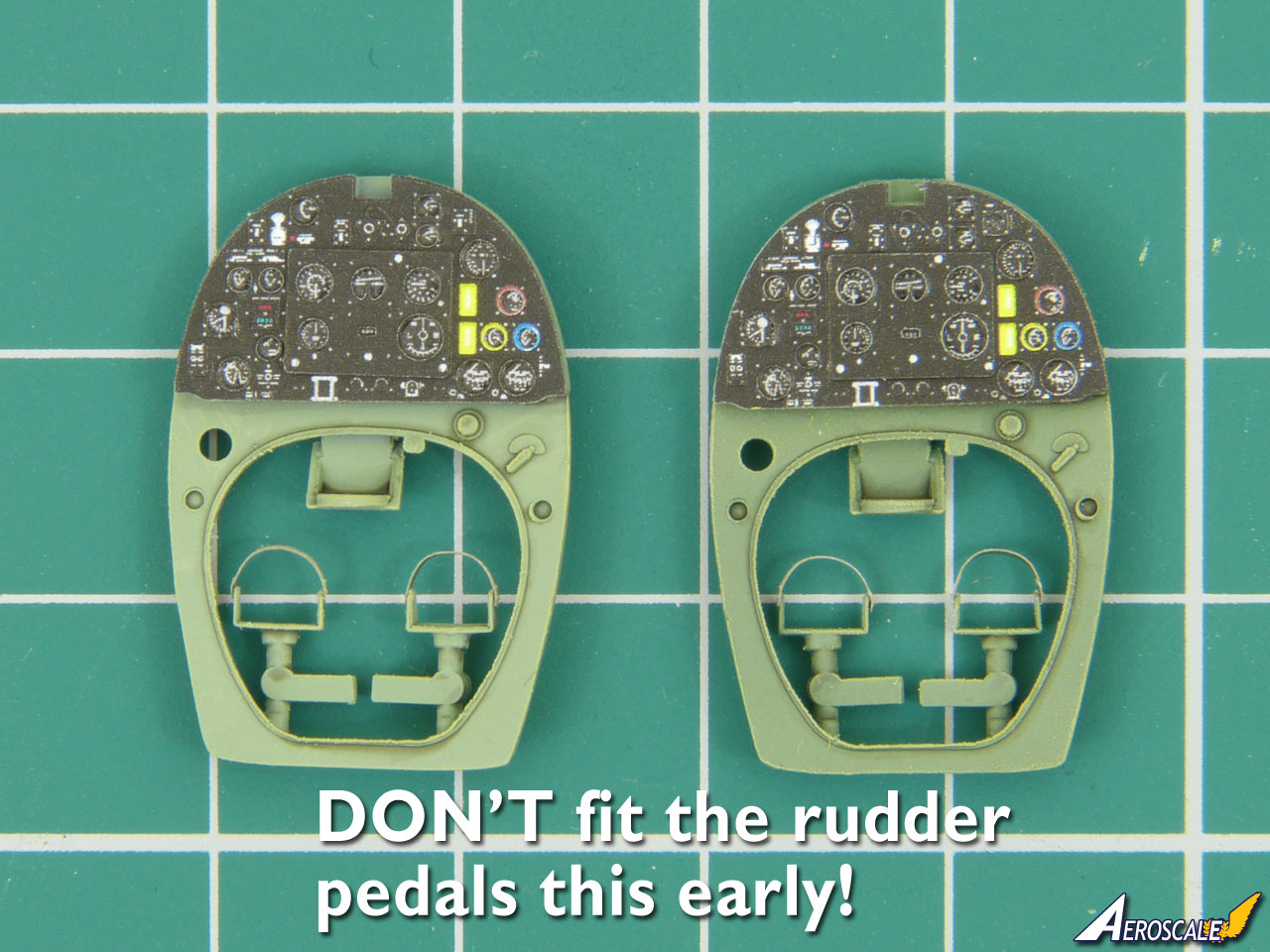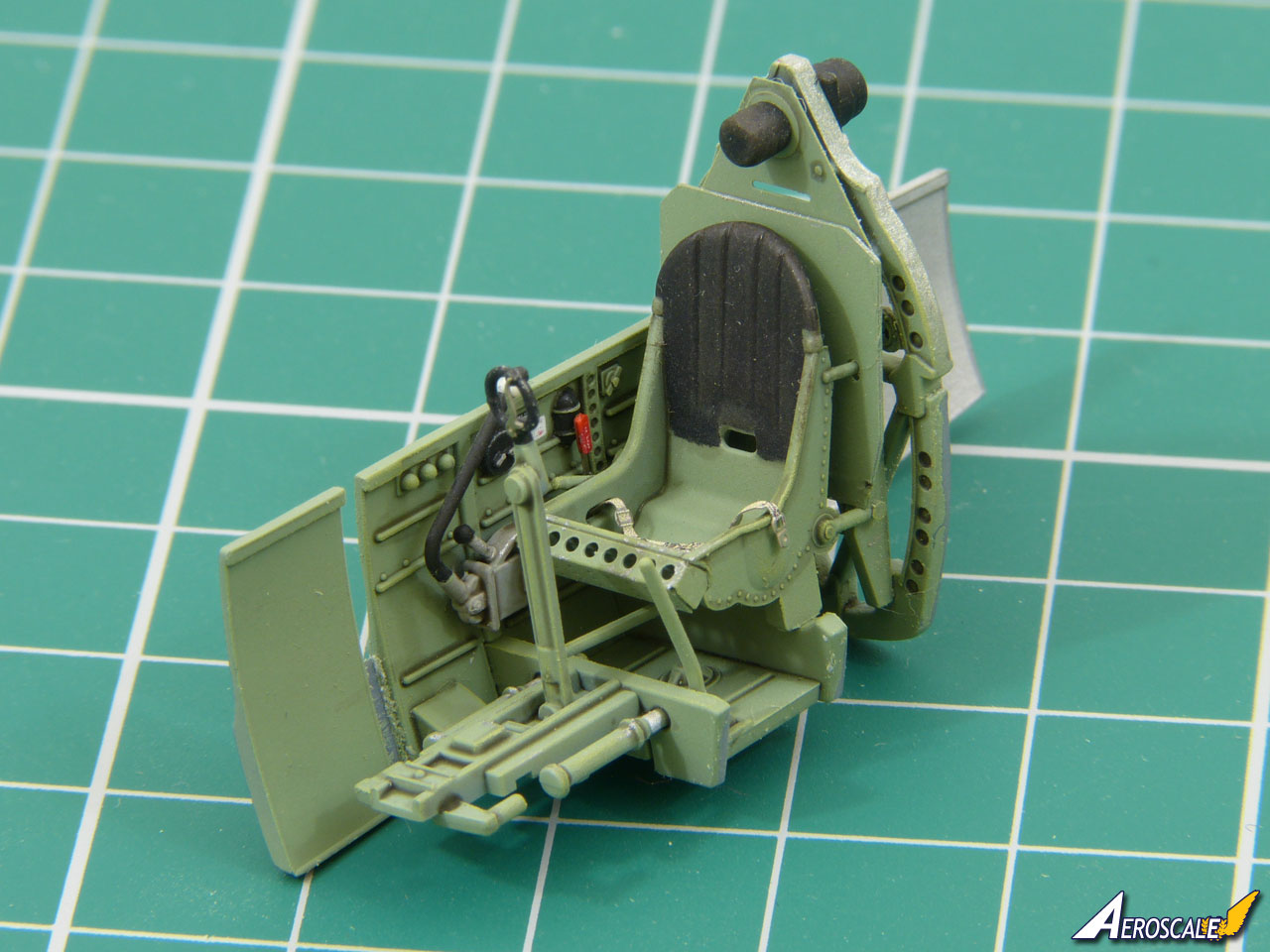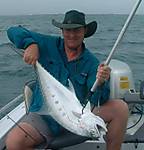Hello, Steve!

Please don't mind me butting in- Don't ever give up! I've had quite a few health problems over the last few years, and sadly, I've had to lay my paint brushes, air brushes and other modeling stuff aside for a while. I should be coming back soon, as I had started a project of converting die-cast 1/24 Ford Model As aside last Autumn after suffering 4 heart attacks. It's a chore to move from one room to another for me, BUT! "Never say die!" has become my favorite motto.
I've cracked open the boxes of my new EDUARD Spitfires, P-51Ds, and my new TAMIYA P-38s, (yes, that's multiples of each) and I'm anxious to get back into "things". It's hard to believe that nearly another year has flown by since my trip to the Emergency Ward, last year. All I can say about that is, my workshop needs a good cleaning up before I attempt any modeling! Boy do those Mustangs, Spitfires and Lightnings look DELICIOUS!!! My fingers are becoming very anxious in getting after them.
Noo, it's just my diabetic neuropathy kicking in, again. Settle down there, Partner...

The reason I'm bringing this little "pep-talk" up is that if you think you're failing with one method, keep trying until you come up with a technique that works for you. I didn't just "fall into" the method I like to use in constructing my 1/48 Cockpits as I had described earlier in this thread; it was all done by "trial and error" over many years' time.
Another thing is to find a technique you're comfortable with, and then EXPAND upon it. No one's going to fault you if you should happen to use your own methods and then maybe adding a few different techniques other modelers are using and incorporating some of these things into your own.
For example- I've already explained, (or at least tried to), my own techniques in Cockpit-painting, weathering, detailing and applying "fixatives" and/or "sealers". This has worked for me over the years- I'm comfortable with it. It's tedious, yes. But it works for me and it, (for me, anyway) yields much better results than using washes. One can "feather" crushed Artists' Pastels and/or Weathering Powders with the use of a soft Round Red Sable Brush (there are a veritable myriad of different sizes and shapes to be had) to some very neat visual-effects. The whole concept is to achieve a "Trompe l'oeil" (Fr.) effect, i.e "To fool the eye". I've used this method on my models for years, notably on my scale Figures, which range from HO scale (1/87) on up to 120mm, rather than oils. I should add that I DO like "pin-washes' in certain applications. By brushing on Pastel Powders or Weathering Powders, one has much better control, and a mistake can be corrected with reasonable results by using just plain old WATER...
Just don't give up; use the method(s) you're comfortable with, and if you DO want to try something "new", then practice on JUNK- DON'T practice on a model that is your latest "pet project" of the moment. If your "experiment" works on a junker, it will more than likely work on your latest "favorite project".
I can go on and on covering "dos and don'ts" but this is neither the time nor the place.
Maybe, if enough AEROSCALE modelers were interested, we could all "pool" methods, advice, techniques, ideas, etc into one "Grand Knowledge Bank" of sorts, which of course, would be open to anyone, Master Modeler, or Novice... Just a thought...
Good Luck with your Spitfire Mk.V, Steve!

Everyone Stay Safe & Healthy!
VR, Dennis






